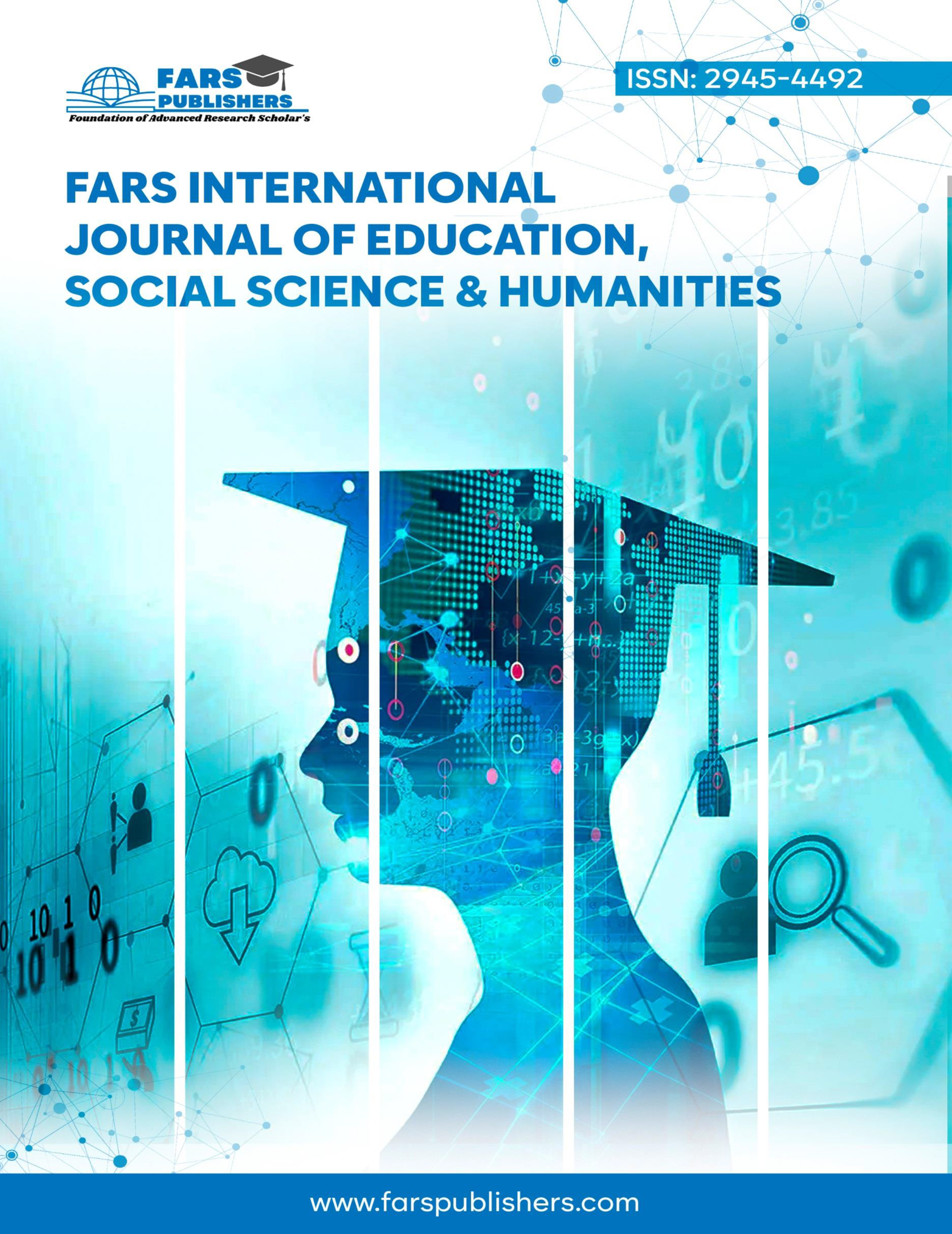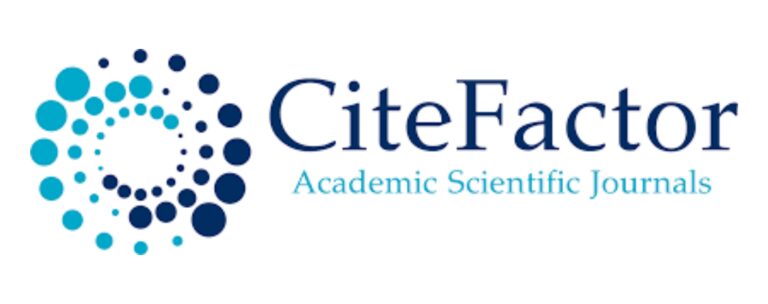EFFECT OF PEER FEEDBACK TECHNIQUE IN TEACHING WRITING ON STUDENTS’ WRITING ACHIEVEMENT OF WRITING II COURSE AT ENGLISH DEPARTMENT FKIP LAMBUNG MANGKURAT UNIVERSITY
Keywords:
writing, peer feedback, teacher feedbackAbstract
Providing student with clear feedback is one of the ways that can facilitate students to be able to write well. This study is aimed to find out the difference between students who are taught by using peer feedback and those who are taught by using teacher feedback. This was an experimental research that used quantitative approach. The subjects of this research were students of Writing II of English Department of FKIP Lambung Mangkurat University. Writing II class A1 was the experiment group and Writing II class A2 was the control group. The data of this research were students’ writing achievement in both experiment and control class. The data analyzed by using SPSS (One-Way ANOVA). Ha was found 0.003 which meant that Ha was accepted. It showed that there was difference in students’ writing achievement between students in experiment and control class. It was proved that students who were taught by using peer feedback had higher achievement in writing than students who were taught by using teacher feedback. On the whole, it is suggested for students to improve their ability in proof reading and for the teachers, it is suggested to apply not only teacher feedback technique, but also peer feedback technique to their students in writing class.
References
Ahmadian Moussa., Hooshang Yazdani, Sabriyeh Ebadi, 2013. On The Effects of Peer Feedback and Teacher Feedback on Iranian English Language Learners, Writing Ability. International Journal of English Language and Literature Studies. 2(4): 220-238
Arikunto, Suharsimi. 2003. Prosedur Penelitian, Suatu Praktek. Jakarta:Bina Aksara.
Binglan, Zhou and Jia, Chen, 2010. The Impact of Teacher Feedback on the Long-term Improvement in the Accuracy of EFL Student Writing. Chinese Journal of Applied Linguistics (Bimonthly) 33(2): 18-34
Brown, H. Douglas, 2001. Teaching by Principles: An Interactive Approach to Language Pedagogy. Second Edition. New York: Pearson Education. Longman, Inc.
Chin Lin and Chien Chien, 2009. An Investigation into Effectiveness of Peer Feedback.
Journal of Applied Foreign Languages Fortune Institute of Technology, June,
2009 Volume 3
Fraenkel, Jack R. and Wallen, Norman E, 2006. How to Design and Evaluate Research in Education. Sixth Edition. Boston: McGraw-Hill
Gower, R. D. Philips and S. Walters, 1995. Teaching Practice, a handbook for teachers in training. Macmillan Books for Teachers
Hyland, Ken, 2003. Second Language Writing. New York: Cambridge University Press.
Hyland, Ken and Hyland, Fiona. 2006. Feedback in Second Language Writing Contexts and
Issues. New York: Cambridge University Press
Hutchinsson, Emily, 2005. Narrative writing. USA: Saddleback Educational Publishing.
Jacobs, Holly L, Zinkgraf, Stephen, Wormuth, Deanna, V. Faye and Hughey, Jane B, 1981. Testing ESL Composition: A Practical Approach. Rowley, Massachusetts: Newbury House Publishers, Inc.
Liu and Hansen, 2002. Peer Response in Second Language Writing Classrooms. Ann Arbor. MI. University of Michigan Press
Lewis, Marilyn, 2002. Giving Feedback in Language Classes. SEAMEO Regional Language Centre: Singapore.
Miao, Badger, and Zhen, 2006. A Comparative Study of Peer and Teacher Feedback in a Chinese EFL Writing Class. Journal of Second Language Writing 15 (2006) 179– 200
Miles and Huberman, 1994. Qualitative Data Analysis Second Edition. SAGE Publication:
United States of America
Mory, E. H, 2003. Feedback research revisited. in D. H. Jonassen (Ed.), Handbook of research for educational communications and technology (pp. 745e783). New York: Macmillan.
Muth’im, Abdul. 2016. Error Correction. Banjarbaru: Scripta Cendekia
Myles, J, 2002. Second language writing and research: the writing process and error analysis in student texts. TESLEJ, 6(2).
Nation, P., 2009. Teaching ESL/EFL reading and writing. Routledge. UK.
Narciss, S, 2008. Feedback Strategies for Interactive Learning Tasks. in J. M. Spector, M. D. Merrill, J. Van Merrie¨nboer, & M. P. Driscoll (Eds.), Handbook of research on educational communications and technology (3rd ed.). (pp. 125e143) New York: Erlbaum.
Nunan, David, 2003. Practical English Language Teaching (1st Ed.). New York: Longman
Oshima, Alice, and Houge, Ann, 1997. Writing Academic English, A Writing And Sentence Structure Handbook, New York: Addison-Wesley Publishing Company.
Oshima, Alice and Hogue, Ann, 2006. Writing Academic English.Whute Plains, New York:Pearson Longman, Ltd.
Srichanyachon, Napapom, 2012. Teacher Written Feedback for L2 Learners’ Writing Development. Silpakorn University Journal of Social Sciences, Humanities, and Arts Vol.12 (1) : 7-17, 2012.
Williams, Jason Gardon, 2003. Providing Feedback on ESL Students' Written Assignments.
The Internet TESL Journal, Vol. IX, No. 10, October 2003 http://iteslj.org/














